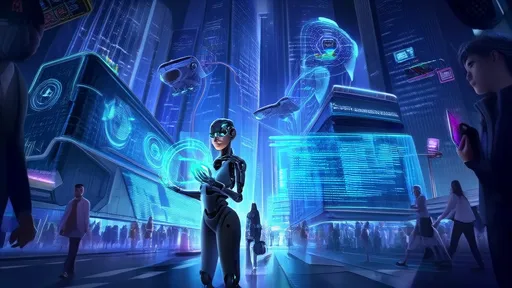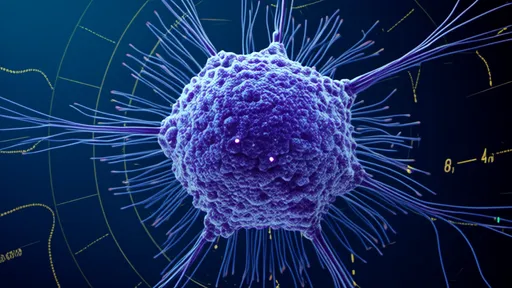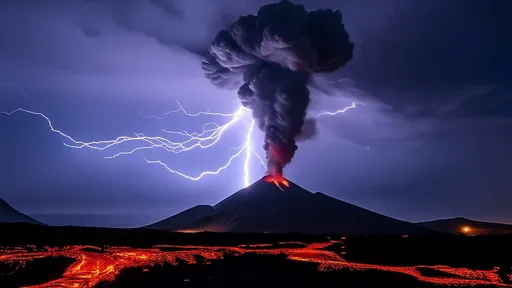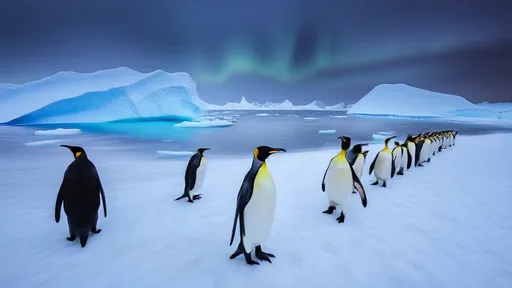The scientific community is experiencing an unprecedented surge in published papers, with millions of new studies appearing each year. Yet beneath this torrent of academic output lies a troubling paradox: the rapid increase in publications has not translated into a corresponding rise in genuine innovation. Researchers, institutions, and publishers are caught in a cycle of production that prioritizes quantity over quality, creating what some critics describe as a "productivity bubble" in science.
The Illusion of Progress
At first glance, the numbers suggest a golden age of scientific discovery. Journals proliferate, citation counts soar, and universities proudly tout their researchers' publication records. But a closer examination reveals a different story. Many papers are incremental at best, offering minor variations on existing work rather than groundbreaking insights. The pressure to "publish or perish" has led to a culture where career advancement depends more on the volume of output than on its significance.
This phenomenon is particularly evident in fields where metrics dominate evaluation processes. Hiring committees and funding bodies often rely on crude indicators like publication count or journal impact factors, creating perverse incentives for researchers. The result is a flood of low-risk, low-reward studies that fill academic databases but contribute little to advancing human knowledge.
The Cost of the Publication Tsunami
The consequences of this productivity bubble extend beyond mere questions of academic integrity. The sheer volume of publications makes it increasingly difficult for researchers to identify genuinely important work amidst the noise. Important discoveries risk being drowned out by the constant churn of mediocre papers, while replication studies – crucial for verifying results – struggle to find space in prestigious journals.
Peer review, the traditional quality control mechanism of science, is buckling under the strain. Overworked reviewers face impossible workloads, leading to superficial evaluations that fail to catch fundamental flaws. Some journals have resorted to "peer review light" or even pay-to-publish models that prioritize speed and revenue over rigorous scrutiny.
Systemic Roots of the Crisis
The origins of this crisis lie in the changing economics of academia. As universities compete for rankings and funding, they increasingly treat research output as a quantifiable product rather than a pursuit of knowledge. Government funding agencies compound the problem by tying grants to publication metrics, creating a vicious cycle where researchers must constantly produce to secure their next round of funding.
Publishing houses, particularly the major commercial publishers, have profited handsomely from this system. By maintaining tight control over prestigious journals and charging exorbitant subscription fees, they've turned academic communication into a multi-billion dollar industry. The rise of open access publishing, while solving some problems, has introduced new ones, including predatory journals that prioritize publication fees over quality.
Signs of Resistance and Reform
Not all hope is lost. A growing movement within the scientific community is pushing back against the productivity-at-all-costs model. Some funding agencies are experimenting with narrative CVs that emphasize quality over quantity. A handful of journals now accept "null results" and replications, helping to address publication bias. The emergence of preprint servers has created alternative pathways for sharing research without traditional gatekeeping.
Perhaps most promising are initiatives that reward researchers for producing fewer, but more substantial papers. The "slow science" movement argues that meaningful discovery often requires time for deep thought and thorough experimentation – commodities increasingly scarce in today's hyper-competitive academic environment.
Reimagining Scientific Evaluation
Addressing the productivity bubble will require fundamental changes to how we evaluate scientific merit. Metrics will always have their place, but they must be supplemented with qualitative assessments that recognize the diverse ways research can create value. Hiring and promotion committees need to look beyond publication lists to consider a researcher's actual contributions to their field.
Journals, for their part, could help by being more selective and providing clearer signals about a paper's significance. Some have proposed tiered systems where the bulk of incremental work appears in specialized repositories, while journals focus on publishing only the most important advances.
The Path Forward
Breaking the cycle of hyperproductivity won't be easy. It requires coordinated action across institutions, funding bodies, publishers, and individual researchers. But the stakes are high – if science becomes primarily about generating publications rather than generating knowledge, we risk undermining the very enterprise that has driven human progress for centuries.
The solution begins with recognizing that more papers don't necessarily mean better science. True innovation often comes from deep engagement with difficult problems, not from rushing to publish the next incremental result. By valuing quality over quantity, the scientific community can deflate the productivity bubble and refocus on what matters most: advancing our understanding of the world.

By /Jul 2, 2025

By /Jul 2, 2025

By /Jul 2, 2025

By /Jul 2, 2025

By /Jul 2, 2025

By /Jul 2, 2025

By /Jul 2, 2025

By /Jul 2, 2025

By /Jul 2, 2025

By /Jul 2, 2025

By /Jul 2, 2025

By /Jul 2, 2025

By /Jul 2, 2025

By /Jul 2, 2025

By /Jul 2, 2025

By /Jul 2, 2025

By /Jul 2, 2025

By /Jul 2, 2025

By /Jul 2, 2025

By /Jul 2, 2025